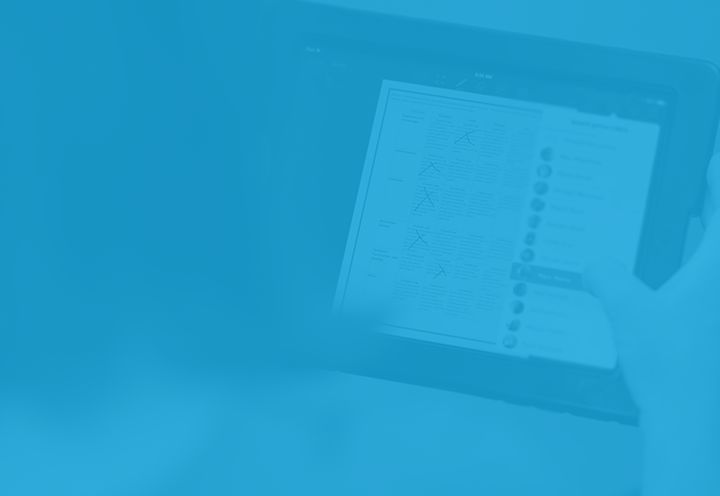Project-based learning is a relatively new educational tool being touted by employers and teachers as one of the most effective ways to prepare students for postsecondary education and eventual employment.
“With project-based learning,” according to the blog Cult of Pedagogy, “the content is baked inside of a long-term project, a real-world problem students need to solve in a creative and authentic way. In the process of solving a problem, students also meet required standards, but this work is integrated into the project, not separate from it.” Project-based learning promotes student engagement by showing students its relevance at the outset of the unit, a benefit that helps to close the achievement gap between students of different social or economic statuses or with different learning abilities.
Increasingly, as they organize both their classrooms and their learning practices, educators are looking to businesslike techniques to prepare students for the workforce. In exploring this pedagogy, this article will pay attention to the success rates and the reactions of teachers and students, including students from diverse learning populations.
Teachers Learning from Business
Teachers who transition from other fields, like the technology industry, often bring skills from the corporate world with them that are useful in project-based learning. These teachers also already have familiarity with software and technology that career teachers might not have had to use yet. They already know how to work with Skype and wikis and build websites.
As teachers learn these new skills, they are encouraged to empower students with novel educational methods as well. Fourth-grade teacher Terry Smith said the best project-based learning tends to break students’ habits of passive education. “They’ve been trained to sit quietly by every teacher they had before me…These are habits I have to break,” he said. He does this by keeping students in their project groups even when they are working on unrelated material and by electing class leaders to imitate organizational leadership in the workforce.
These anecdotal practices are examples of ways that project-based learning promotes skills like project management and collaboration. Education companies and teachers are not limiting the use of these skills to the classroom; they can thrive in online environments as well. The company K12 says its project-based learning kits teach students to use current software, like “mapping software, office productivity tools, (and) web-based resources.” Productivity tools range from project management software that teaches students how to organize time, resources, and people, to time tracking tools. Find school-appropriate project management and productivity tool recommendations here.
Project-Based Learning Can Reach Any Student
However, using businesslike practices in the classroom does not have to be high tech. For students with learning differences transitioning into the workforce, the government’s Office of Disability Employment Policy recommends that instructors imitate the workplace environment as much as possible when teaching students the soft skills they will need to succeed. ODEP recommends the use of day planners to teach organizational skills and the use of tokens or incentives to mimic future paychecks. “Tokens, like real paychecks and cash, become representative symbols of monetary value but have the additional advantage of being easily bestowed as immediate rewards for specific behaviors.” Just like the general population, special education teachers are beginning to adopt practices in their classrooms that mimic the business world.
Other government organizations and universities are also working with high schools to promote project-based learning and teach the best practices of project management. “To increase the interest in STEM among high school students, NASA created the High Schools United With NASA to Create Hardware (HUNCH) program…an instructional partnership between NASA and high schools (or middle schools). Each year, students from high schools selected to participate in the HUNCH program work on space-related projects proposed by NASA or created…under the guidance of high school science and engineering teachers and NASA engineers.” The results have been that secondary students learn to value project management as a skill, a lesson that might prove harder to achieve without project-based learning, the involvement of NASA, and the mentorship provided by university students.
In the field of education, it can be dangerous to frame a particular pedagogy as the next best thing to increase retention and solve problems. However, research has proven project-based learning to be effective at engaging students and staff in a variety of subjects and skills across age groups. If educators and their superiors use project-based learning and project management techniques as they are intended to be used, the outcomes can mitigate problems with student and staff engagement and the outreach to community partner.
Works Cited
- Boss, Suzie. “Project Management Keeps Learning on Track.” Edutopia. The George Lucas Educational Foundation, 18 Feb. 2009. Web. 30 Jul. 2018.
- Gonzalez, Jennifer. “Project-Based Learning: Start Here.” Cult of Pedagogy. Cult of Pedagogy, 26 Jun. Web. 30 Jul. 2018.
- King, Melissa and Donna Savarese. “3 Hallmarks of Digital Project Based Learning.” K12 Newsroom K12, 2018. Web. 30 Jul. 2018.
- Leonard, Matt, Joe Morgan, and Wei Zhan. “K-12 Project Management Education: NASA Hunch Projects.” American Journal of Engineering Education 4.2 (Fall 2013): 105-118. Web. 30 Jul. 2018.
- United States. Department of Labor. Office of Disability Employment Policy. Teaching Soft Skills Through Workplace Simulations in Classroom Settings. Office of Disability Employment Policy, Jun. 2010. Web. 30 Jul. 2018.


